Written by Bridge Church Tech Director Andy Boettcher
NOTE: THIS IS THE FIFTH BLOG IN OUR SERIES FOLLOWING THE SEASON OF LENT.
One week before He would walk out of the grave, Jesus rode into Jerusalem on a donkey.
Do you remember the scene? Each of the gospel writers––Matthew, Mark, Luke, and John––recorded this event as they documented the story of Jesus’ life and ministry. In a way, it was the beginning of the end. Once this week was over, the world would be changed forever.
The crowds who welcomed Jesus knew something major was happening. As John reports, their shouts of “Blessed is he who comes in the name of the Lord!” and “Blessed is the King of Israel!” indicated their hopes that this man who had been stirring up such excitement––He had just raised Lazarus from the dead!––would deliver their nation with power and might. The palm branches in their hands were symbols of victory, further evidence of the sort of king they believed they were receiving.
The people cried “Hosanna,” meaning something along the lines of “Save us, please!” The tragedy of this scene lies in the fact that these voices would soon pivot to cries of “Crucify Him!” once they recognized that He was not the sort of king they thought.
Instead of coming in power, this king was riding a young donkey. Instead of breaking into the city as a symbol of war, His procession was one that proclaimed peace. But this was only the beginning––soon, He would be on a cross, dying on behalf of the people He came to save. This was not the victory the people proclaimed as He entered the city. This “triumphal entry” was indeed a victorious one, but not in the way the crowds believed it to be.
What then do we do with this dramatic scene?
I want to suggest that we view it as an invitation to walk humbly with Jesus as we enter this Holy Week.
John reports that Jesus rode into town on a young donkey to fulfill Zechariah 9:9, which says, “Do not be afraid, O Daughter of Zion; see your king is coming, seated on a donkey’s colt.” However, the disciples did not recognize this at the time. John says that it was only after Jesus was glorified that they were able to understand the significance of this fulfillment that pointed to Jesus’ identity as the Messiah, the one who would save His people.
The people around Jesus could not see the significance of the event until afterwards. Yet, He was met with fanfare and acclaim. They recognized the coming King, but they praised Him for the things they mistakenly thought He was about to do. I wonder how often you and I rush into celebrations of worship in ways that are marked more by such superficiality rather than genuine praise and humility. I know I am guilty of rushing to images of God that fit my narrative, images that fit nicely into a depiction of God who does not challenge my expectations or prove me wrong. But when you find yourself praising a God who agrees with you on everything… Well, I don’t think that’s God you’re worshiping.
The real Jesus, the one who saved His people not by force but by lovingly laying down His life, will challenge you. As you draw near in worship, strive to do so with the humility that accepts Him as He is, challenges as all. As we do so, we will find that He invites us to lay down our lives for the sake of our brothers and sisters. He invites us to take up our cross daily and follow Him. And He challenges us to believe that the Creator of the universe is so loving towards us that He sent His Son to endure suffering and trials and betrayal and death in our place. He challenges us to believe that because He rose again and is alive today, we, too, will live.
So in humility, let’s praise the coming King this Palm Sunday. Let’s enter this Holy Week expectant for the challenge of walking with Jesus even as we anticipate the blessed resurrection that is promised to those who do.
Andy Boettcher
Photo by Tim Mossholder on Unsplash

